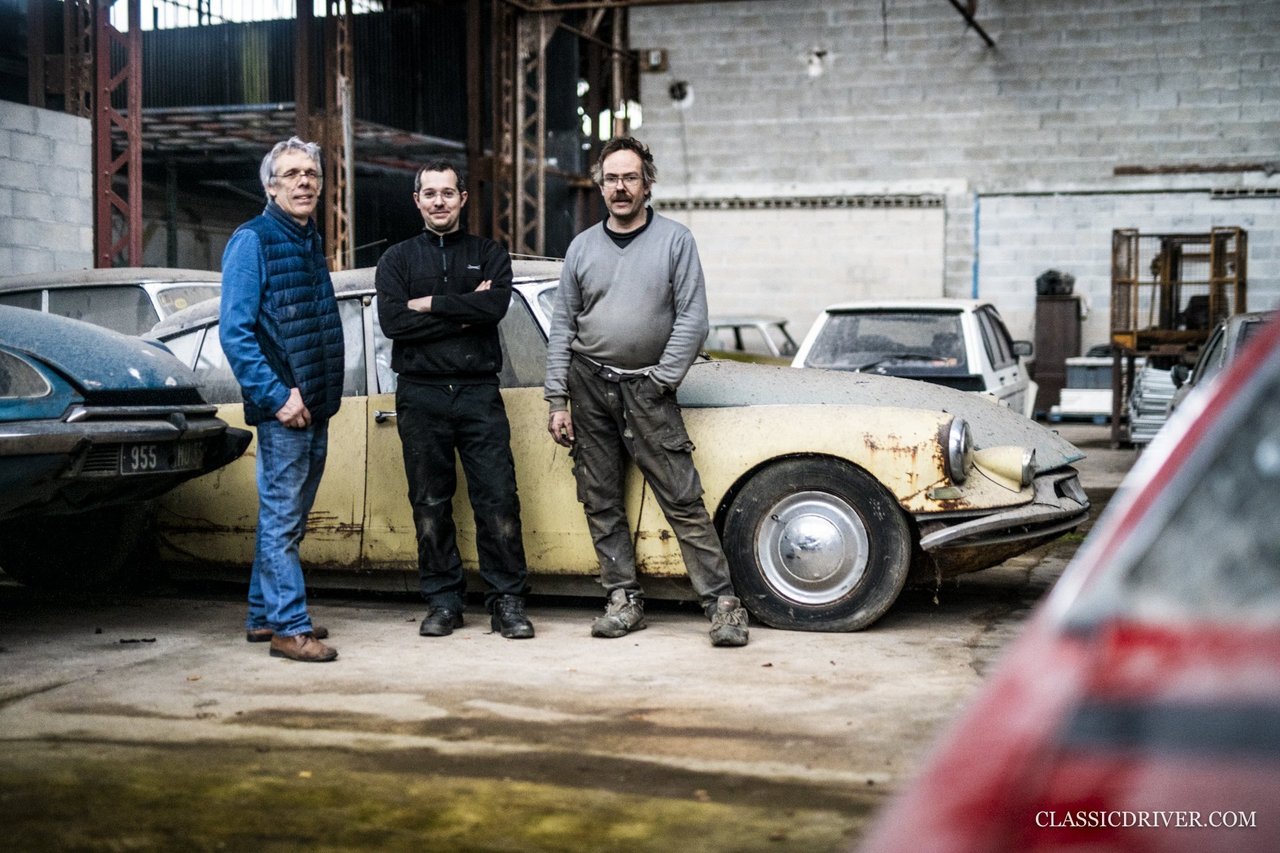
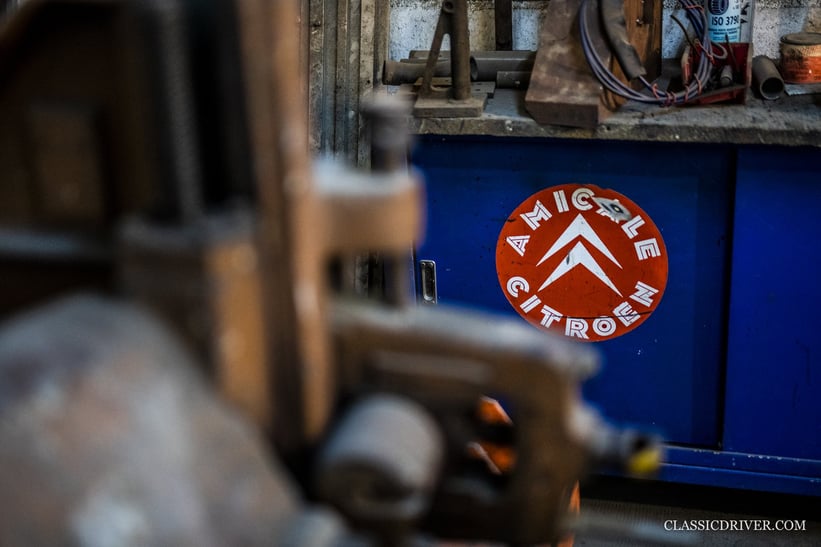
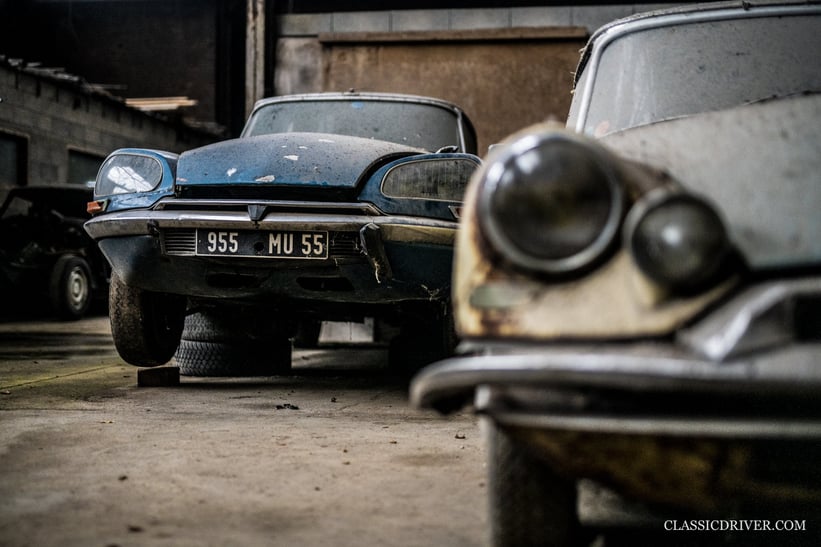
Settled in Mussy-sur-Seine in the Aube region of France, which was first devastated by the loss of its industries thanks to globalisation and subsequently reinvigorated by the success of champagne, Jean-Michel Gallet has long been something of a UFO in the classic car world.
But having been born in a Citroën DS and spent much of his childhood travelling around Europe with his parents in their DS21 family car, he was very quickly plunged into the world of mechanical engineering. “I took my first steps in engineering at the age of seven, when I sand-casted aluminium parts by hand and accompanied my grandfather, who was head of an aluminium foundry, to meet his customers,” Gallet recalls. “With him, I learned to observe and listen.”
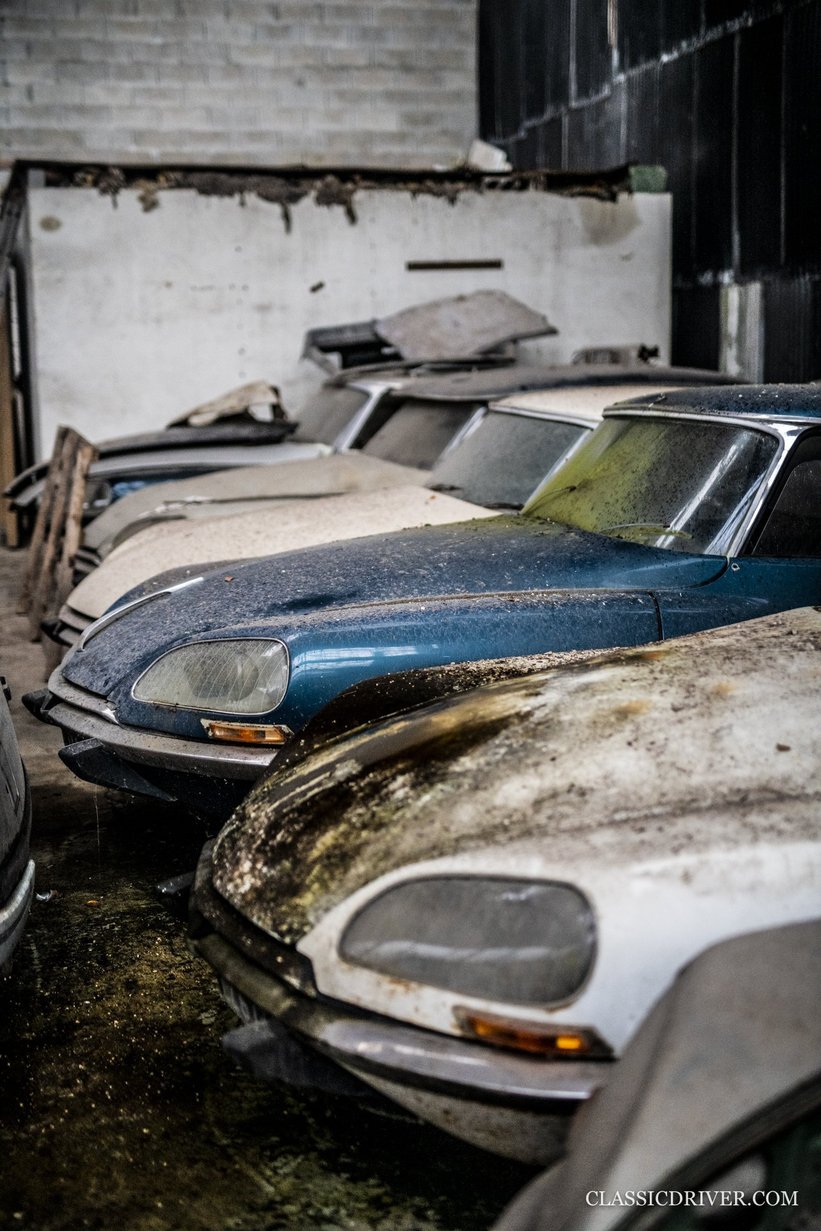
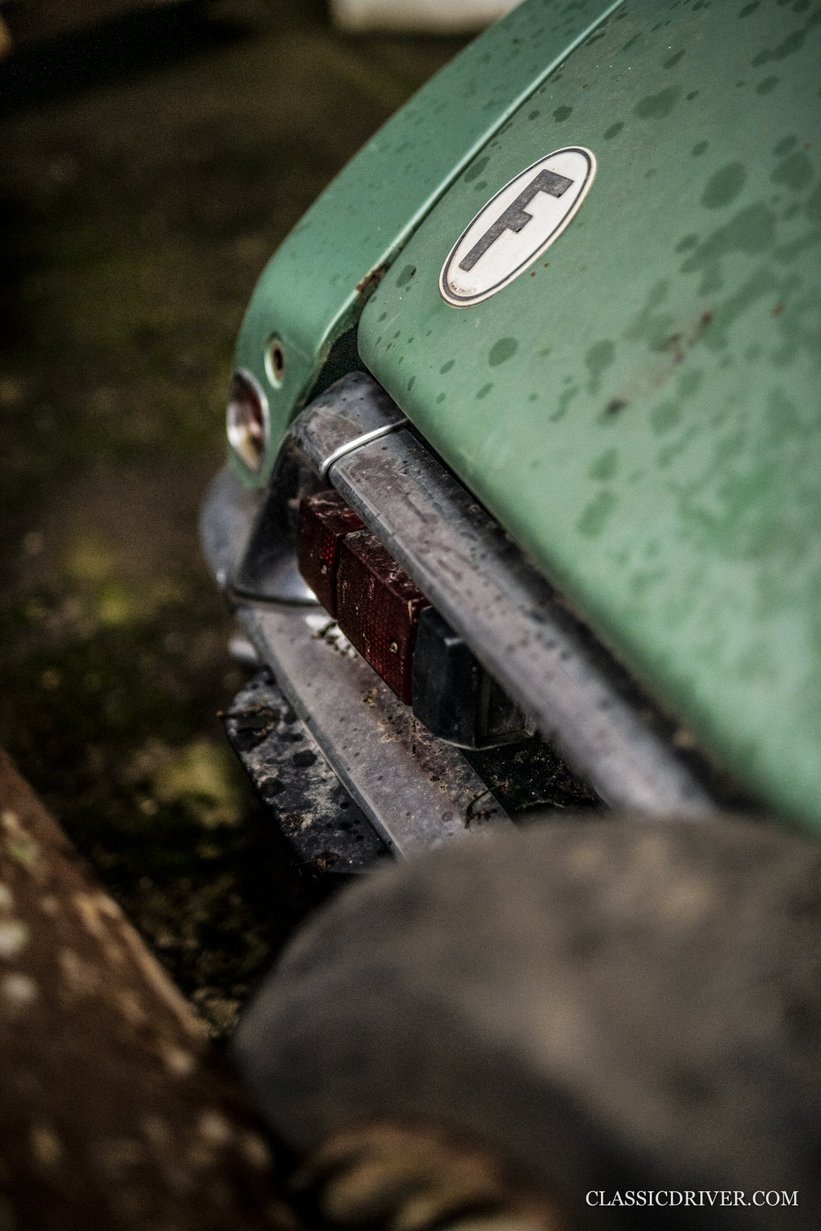
Curious about everything, to the point he became a true perfectionist, he took a greater step forward at the age of 14 by diving into the bowels of a Citroën and learning by heart the entire mechanics of the fuel-injected DS21 or, as Gallet refers to it, “the one nobody wanted to take any car of”. Needless to say, Citroën is in his family’s genes. “We’ve always driven Citroëns,” he proudly proclaims, “and for good reason – they’re the best cars in the world!”
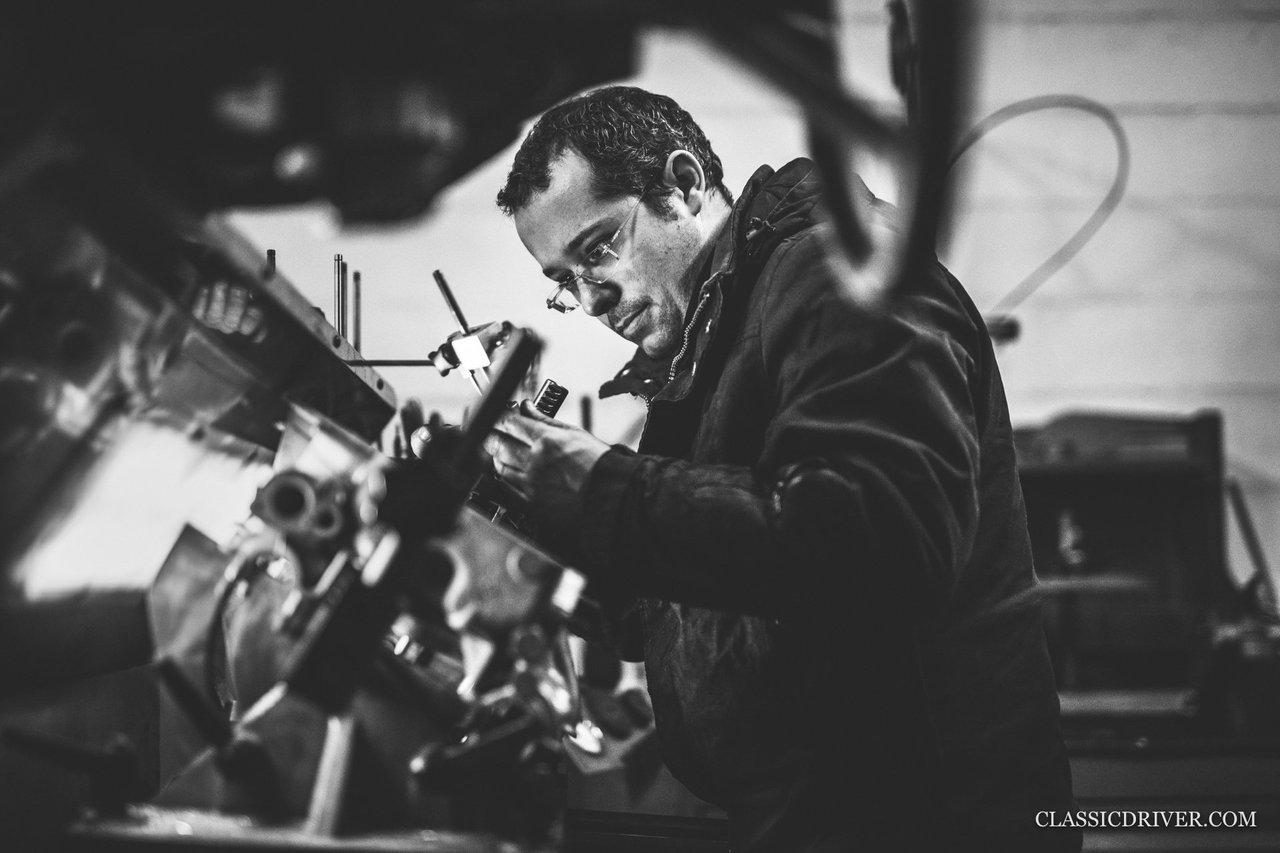
Both the passion for the double-chevron brand and the thirst for solving mechanical problems never left Gallet. “At 16 years old, I was preparing and improving my first enduro bike, a Yamaha 125 DTMX, but I was already maintaining our family Citroën DS21,” he explains. “And at 17, I bought a Maserati engine, the one found in the Citroën SM, via the French magazine La Vie de l’Auto to study and understand it.”
Word quickly spread of Gallet’s technical prowess and he was inundated with old Citroëns. “Very quickly I was being given or sold DSs for little or nothing – at one time I owned up to 60 DSs at the same time and I’ve certainly taken over 300 of them apart during my career!”
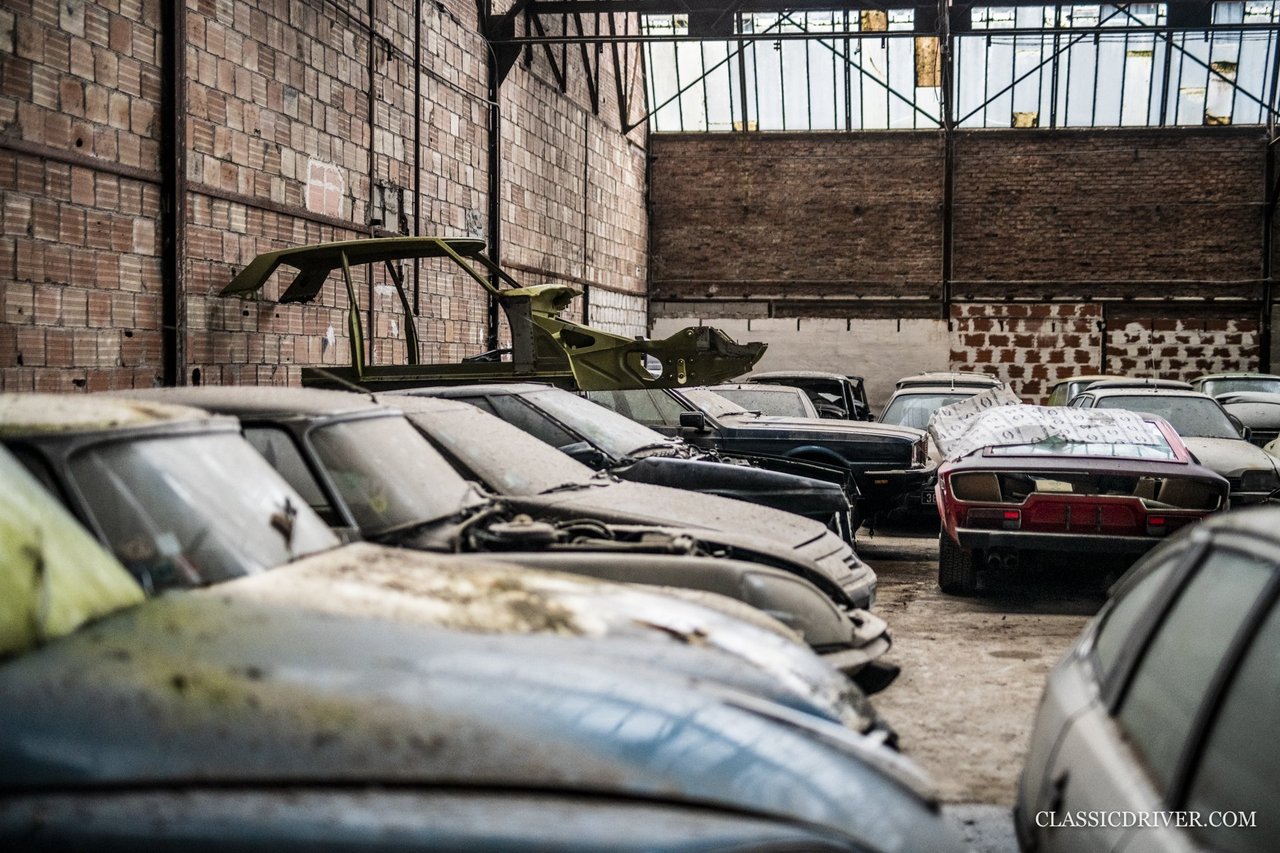
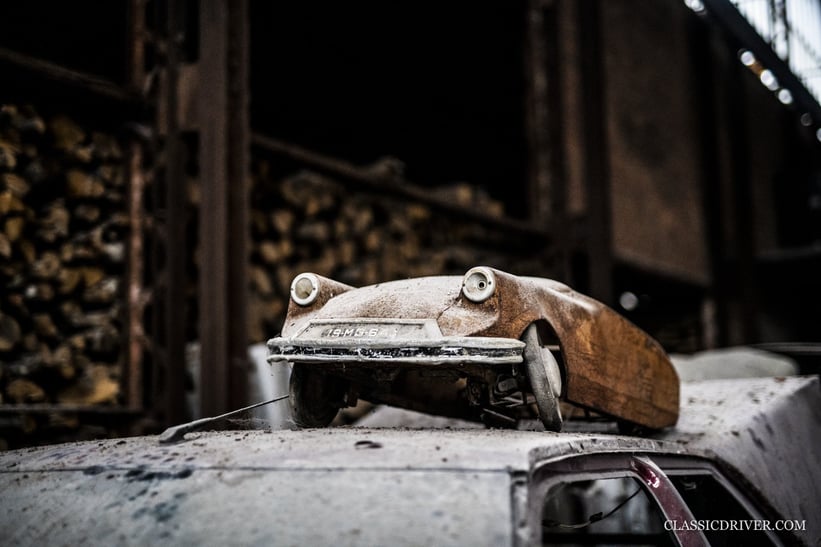
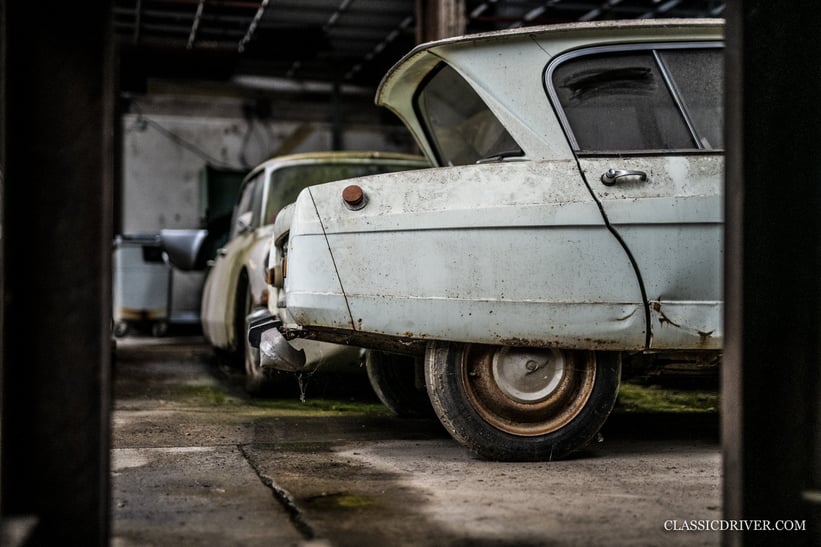
By the time Gallet was 22, he could finally buy himself a disassembled SM to put it back together again. In the meantime, he’d graduated with two CAPs (French qualifications) in fitting and milling, skills that continue to serve well him to this day. The only time he ever worked for somebody else was in his early twenties, when he joined Roland de la Poype, the great plastic pioneer who designed both the Citroën Méhari and Marineland in Antibes. “He was an extraordinarily passionate man,” remembers Gallet, “In prototyping for him, he gave me the desire and drive to create and move forward.”
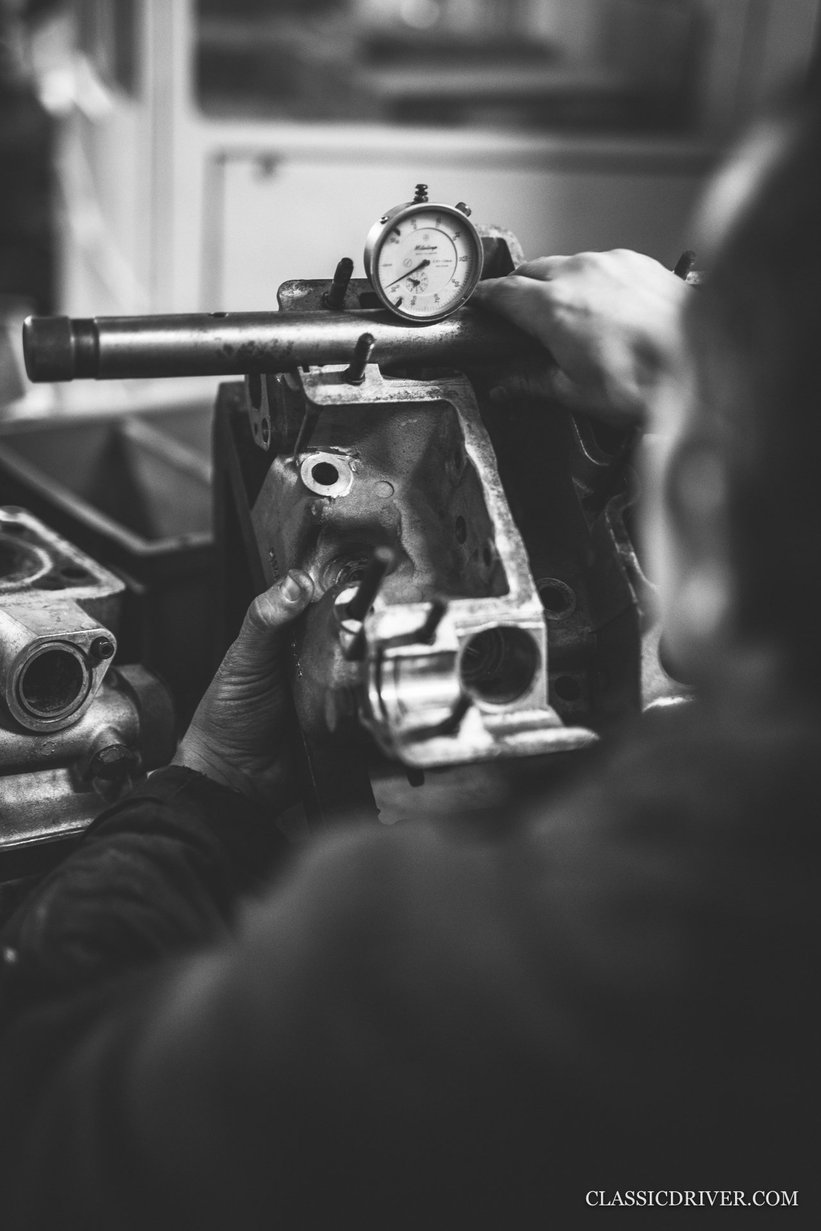
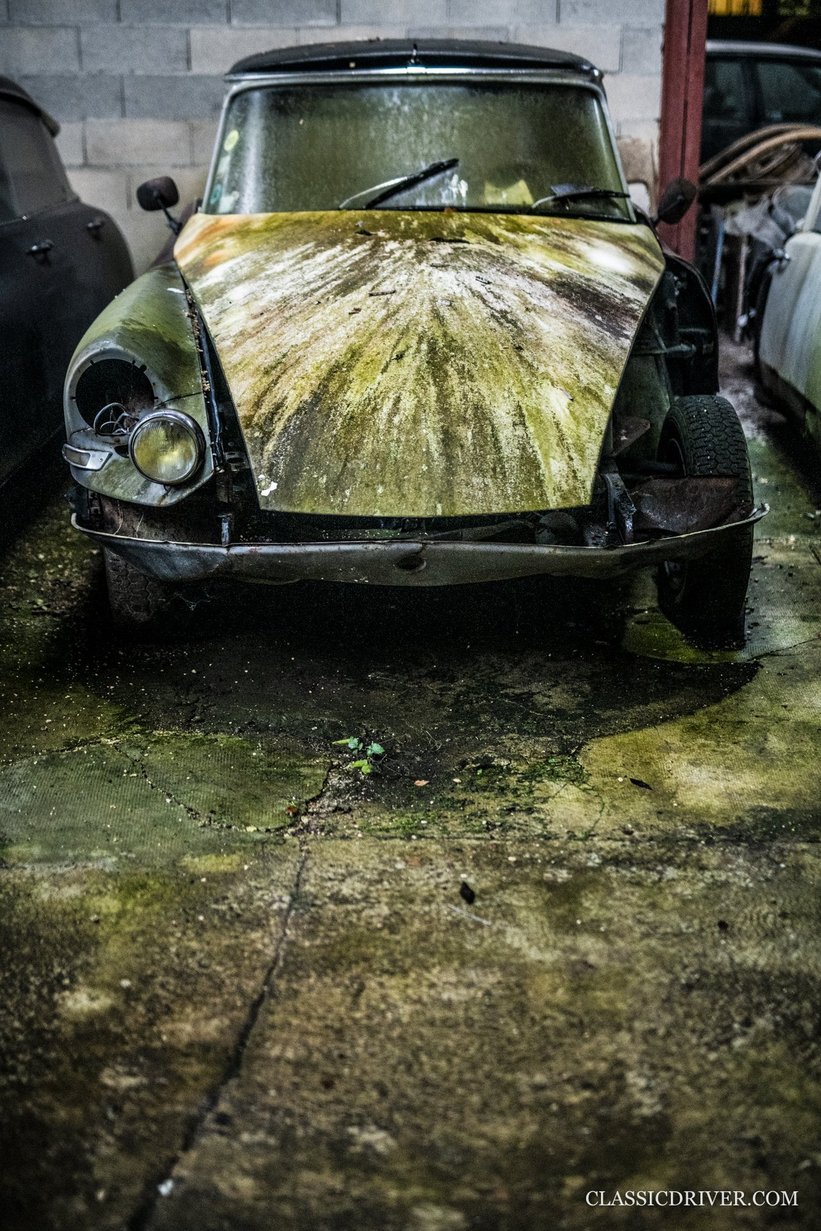
Aged 25, Gallet returned to Mussy-sur-Seine and bought second-hand machine tools in order to manufacture his own automotive parts, and in 1989, he met Marc Nicolosi, the founder of the famous Rétromobile salon in Paris at which he exhibited said parts for the first time. “Nicolosi truly launched my career.”
With a nation-wide clientele, Gallet’s business grew naturally to encompass the comprehensive restoration of cars right down to chassis sandblasting. He established SM2A in 2002 and was quickly joined by his brother, who was entrusted with the bodywork and painting sides of the business. Later, in 2012, his son – who has skills in three-dimensional computing and a degree in Le Mans competition – joined the company, turning SM2A into a truly family affair.
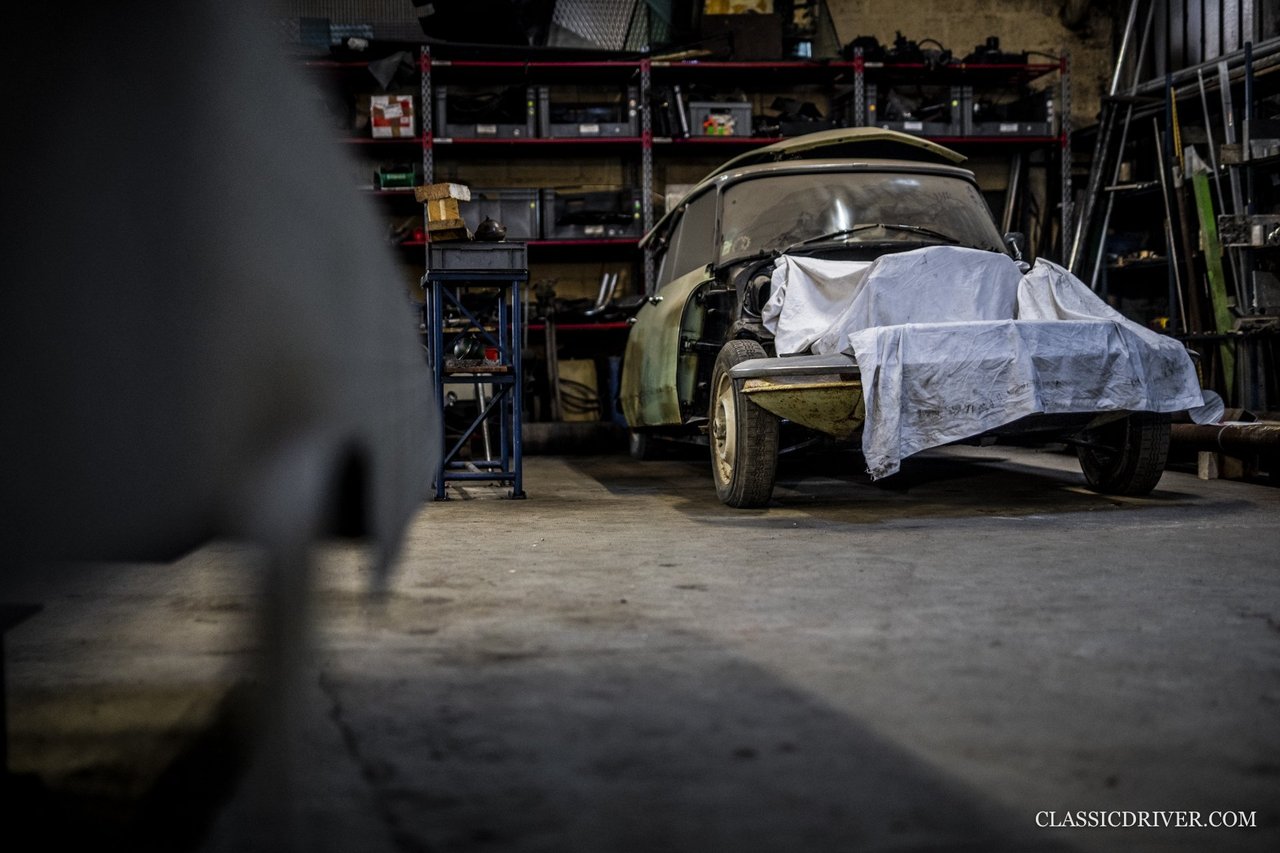
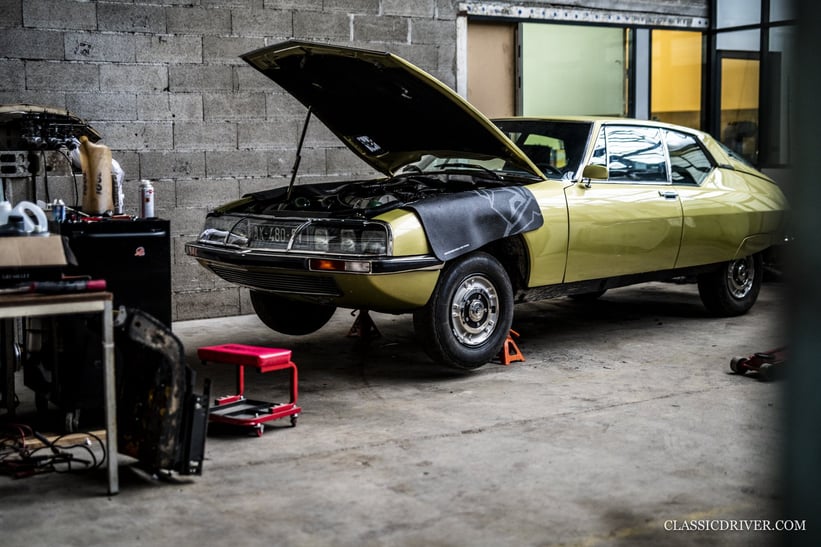
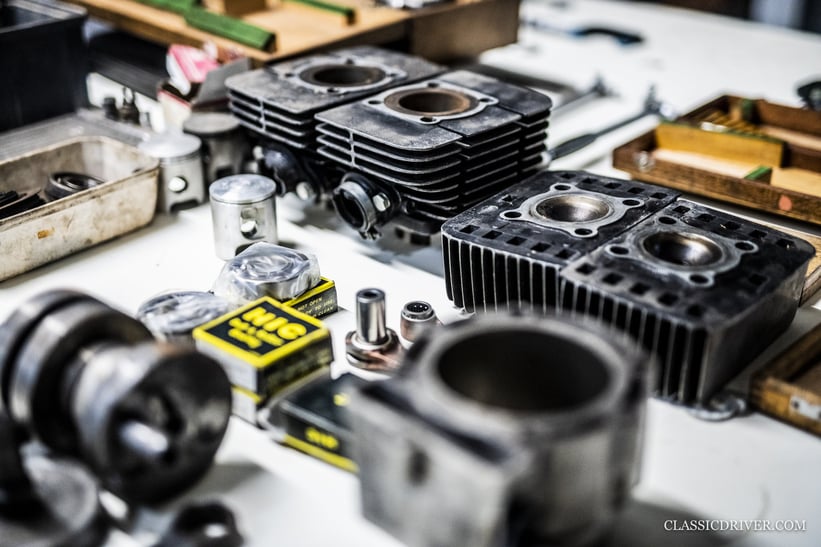
SM2A now has four more employees and a global customer base. While it’s virtually invisible from the nearby country road, anyone who enters the workshop for the first time is in for a real shock.
A former mattress factory, the workshops are huge and once inside you feel like you’re in a Claude Chabrol film. The canopies, partitions and doors are unchanged and today house no fewer than 40 machine tools that Gallet bought at small regional auctions. “Each time a factory closes, machining tools that were once the flagship of our industry are sold at auction for a pittance, predominantly to salvage the metal,” he explains. “If they’re not too heavy, we bring them back here in our Citroën DS Tissier and give them a second life.” Gallet’s team model each part in 3D before manufacturing it on site. It’s extraordinary.
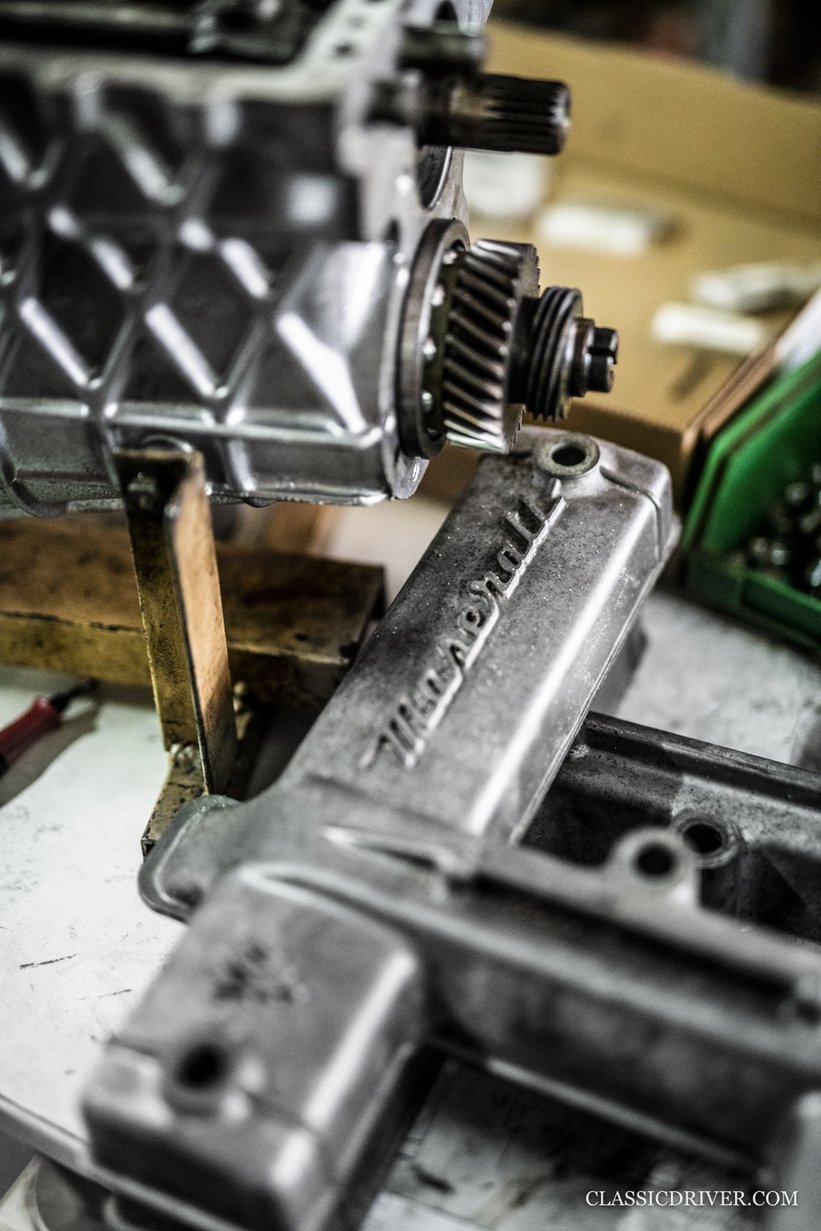
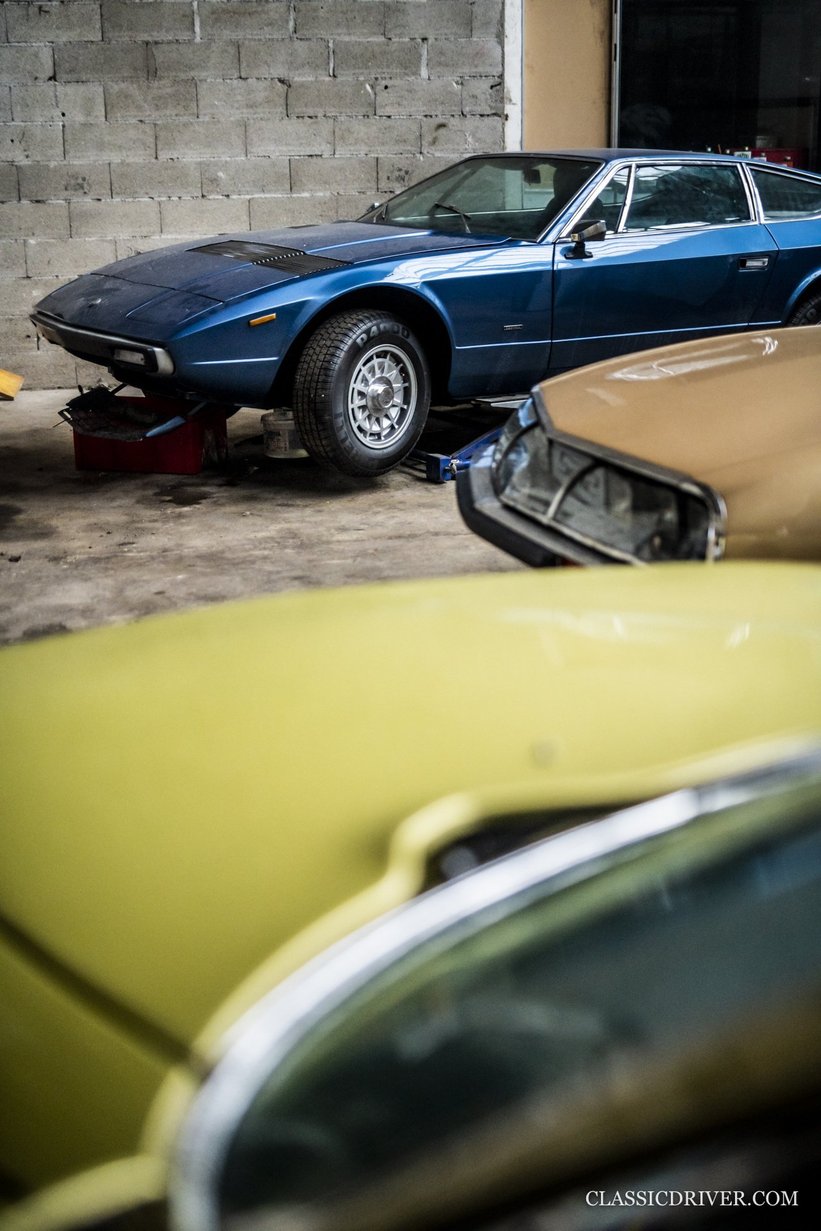
The former factory is arranged by specialist work, with rooms dedicated to bead blasting, drilling, grinding and machining, but also to pickling, sanding and painting. That’s not to forget the space dedicated to the storage of spare parts and the final assembly of the cars before they’re road tested.
In the background, beneath the glass canopies, there are dozens and dozens of DSs in ‘barn-find’ condition, patiently waiting for brighter days back on the road. They sit next to the wild SM Tissier, with its four rear axles and which will be fully restored to celebrate the SM’s 50th anniversary at Rétromobile in February. “I found it as a wreck, and it’ll be the quickest tow truck in the world!” Working day and night, Gallet is also handling the restorations of Maserati Boras and Ghiblis.
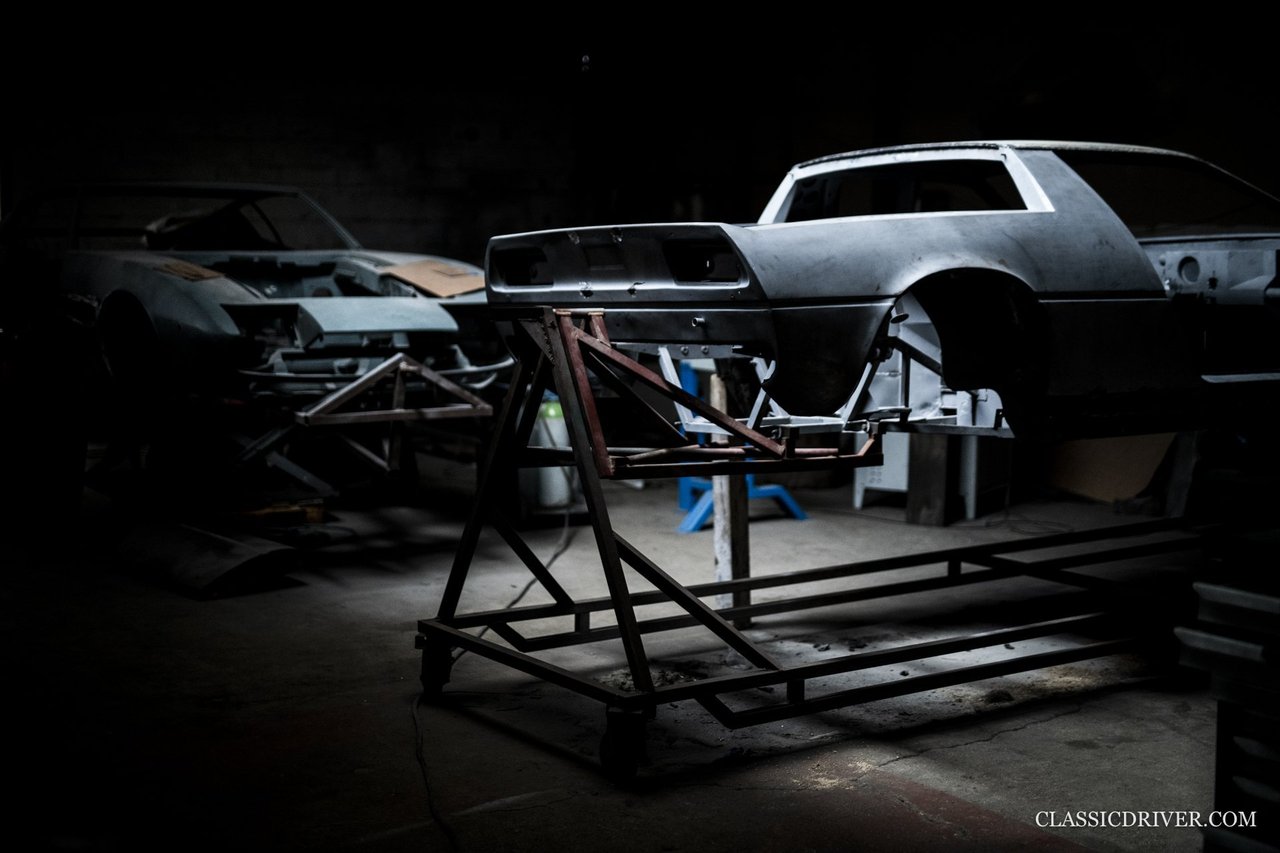
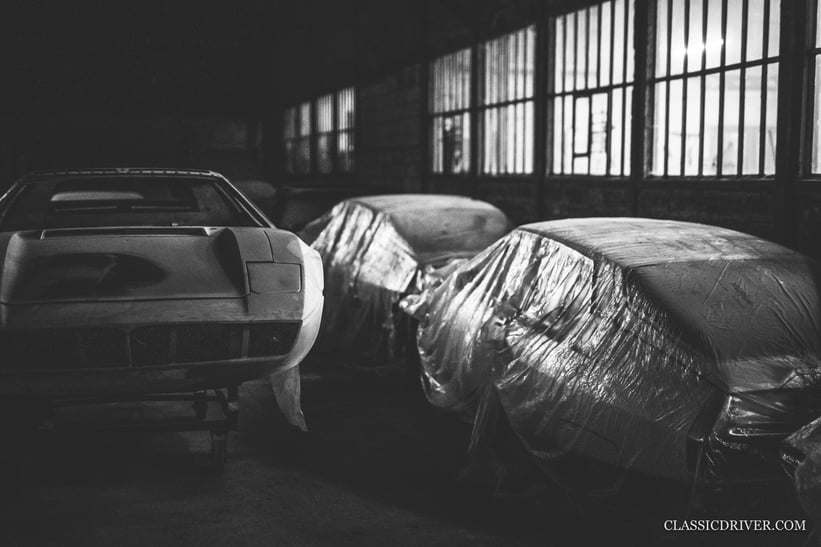
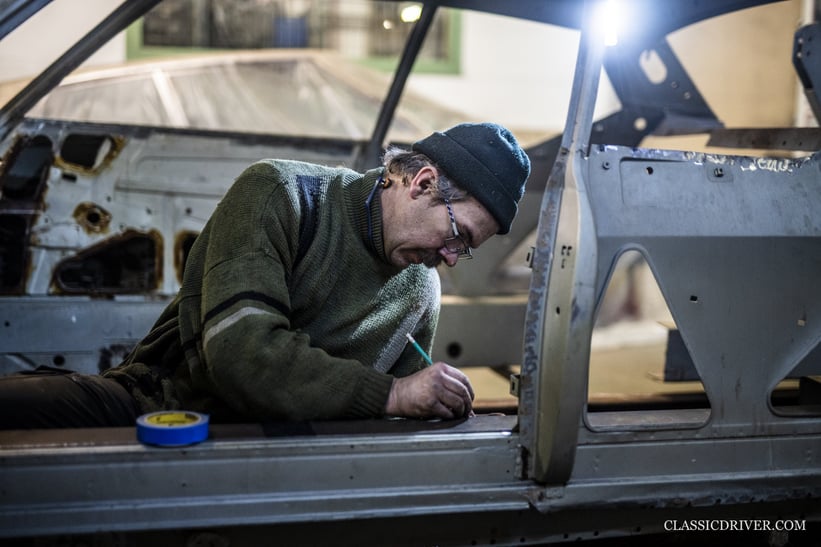
With the arrival of his son, the company now embraces 3D engineering and digital machining tools. “Citroën DSs and SMs are great cars, but today people want an old car with the advantages of a modern car, especially in terms of reliability and performance,” Gallet comments. “So, we give it to them – we’re the only ones doing that, building modernised Citroëns, because we have all the machines, materials, technology and expertise to do it.”
Electronic ignition, injection and other innovations are thus no taboo here and SM2A has modernised Citroën DSs, SMs and Maserati Merak. In fact, no fewer than 18 SM engines are rebuilt every year and in 2019 four Maseratis were comprehensively restored. Gallet waxes lyrical about the process: “Restoring a car like a DS or an SM is like raising a child – it’s osmosis between the customer and the craftsmen.”
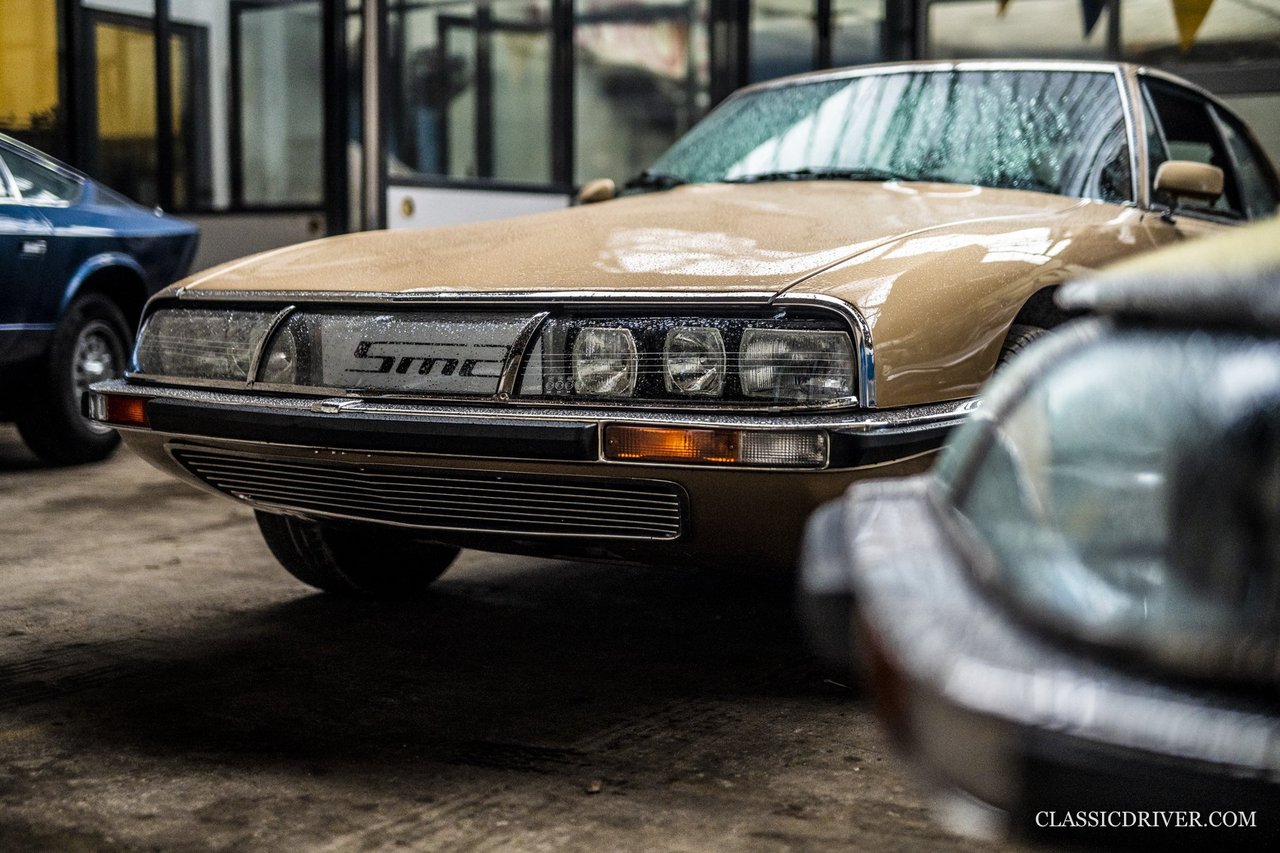
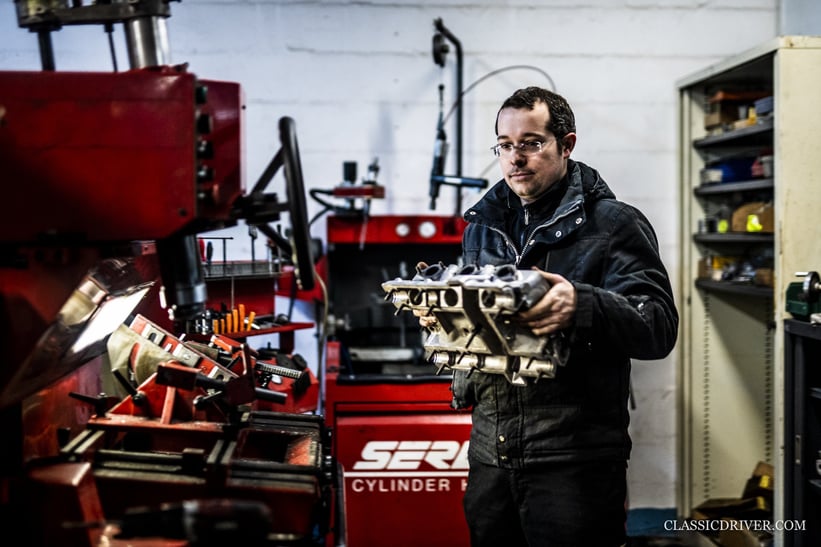
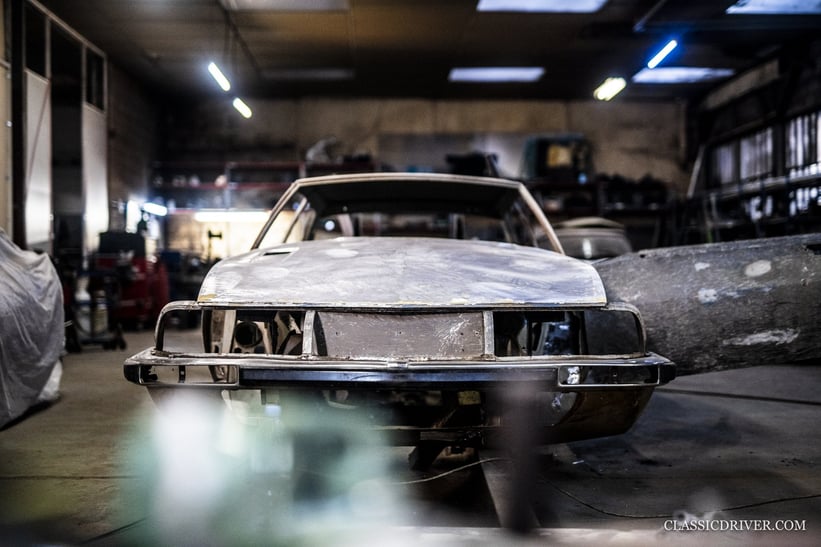
Gallet is using his in-depth knowledge of these complex machines to take things one step further and produce a car he’s always dreamed of, the ultimate Citroën SM, a true ‘Concorde of the road’. The exciting car is aptly called the SM2 and could be considered the ultimate Citroën restomod. Keep your eyes peeled on Classic Driver because we’ll be featuring the car right here very soon.
Text: Etienne Raynaud / Photos: Rémi Dargegen for Classic Driver © 2019









































